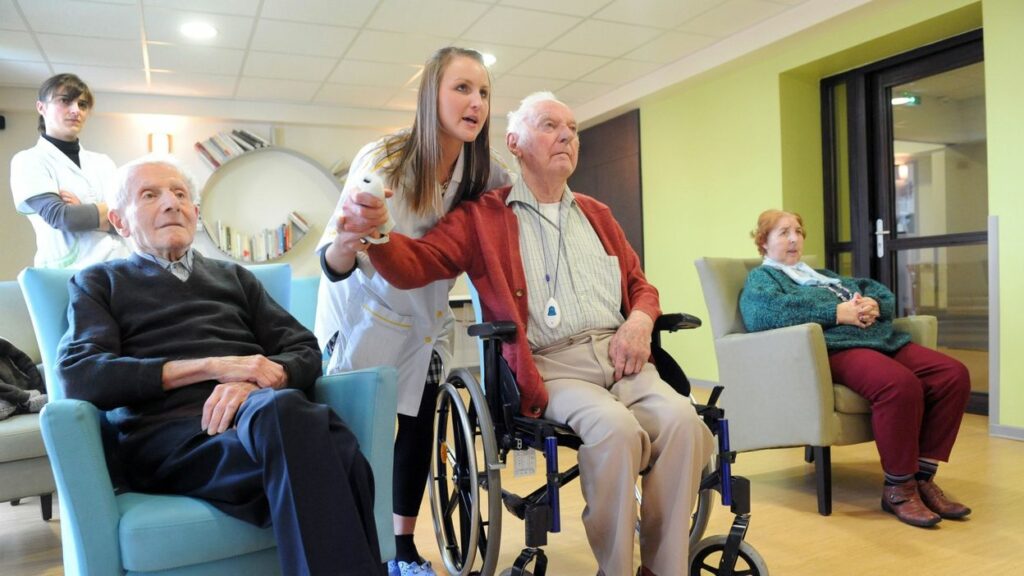A report by leading researchers from across Belgium and published in La Libre newspaper shows that those entering Belgian care homes have a 50% greater chance of dying within two years compared to those who stay at home.
Belgium had been hit hard by the Covid-19 pandemic, most notably in care homes where Belgium has one of the highest mortality rates of elderly residents from Covid-19 infection in northern Europe.
After the first wave of Covid-19 hit Belgium in the Spring of 2020, around half of all deaths in care homes was attributed to the virus, according to statistics published by the researchers. By contrast, just over the border in Germany, this figure was just 15%.
Belgian researchers Xavier Flawinne, Mathieu Lefebvre, Sergio Perelman, Pierre Pestieau, and Jerome Schoenmaeckers set out to understand why there was such a disparity in deaths in care homes between Belgium and other countries, and why those who stayed away from care homes appeared to have a better chance for survival than those who did not.
Related News
- Despite pandemic, record number of job opportunities in horeca in 2021
- Flanders implements stricter enforcement policy for nurseries following child's death
By modelling the mutual characteristics of elderly people entering care homes or staying at home across Europe before the Covid-19 pandemic, the researchers could compare factors such as health, independence, age, sex, wealth, and access to informal assistance of the elderly. This accounted for all deaths before the pandemic hit.
Out of sight, out of mind
The comparisons provided interesting results. In Nordic countries and Southern Europe, there was no observed difference in mortality of those who remained at home and those who went into care. In central Europe, however, the difference was notable.
Both in France and Belgium, those entering care homes had a 50% higher chance of dying than those who stayed home. In Germany and Switzerland, the risk of dying in a care home was almost double.
The researchers suggest that these differences might be explained by public spending on long-term care, low numbers of care staff, and the share of for-profit care homes per country. However, these differences alone do not explain Belgium's high mortality rate.
The study suggests that central Europe’s low-spend, high profit model demonstrates a “lower concern for older people, which could be associated with a lower quality of care.”
On the other hand, Nordic countries tended to devote more resources towards long-term care, managed by state-run facilities. Southern nations spent considerably less on care homes, instead focusing on in-family, at-home care.
Reforms needed
The researchers admit that the study cannot paint a clear picture of the true cause of these disparities in care. Nevertheless, the researchers hope that the data can become the subject of future research used to compare for-profit and non-profit care in the future.
The study appears to place an emphasis on the quality of long-term care. "A recent US study shows that higher-quality care homes led to lower mortality during the first wave of the pandemic," the researchers noted.
Importantly, the biggest factors that affected resident mortality were their health before entering care and the characteristics of the care facilities themselves. On the basis of the findings, the researchers called on policymakers to consider its findings and act accordingly.
"It is not acceptable to know that care homes are places of death and not act accordingly," the study warns.

